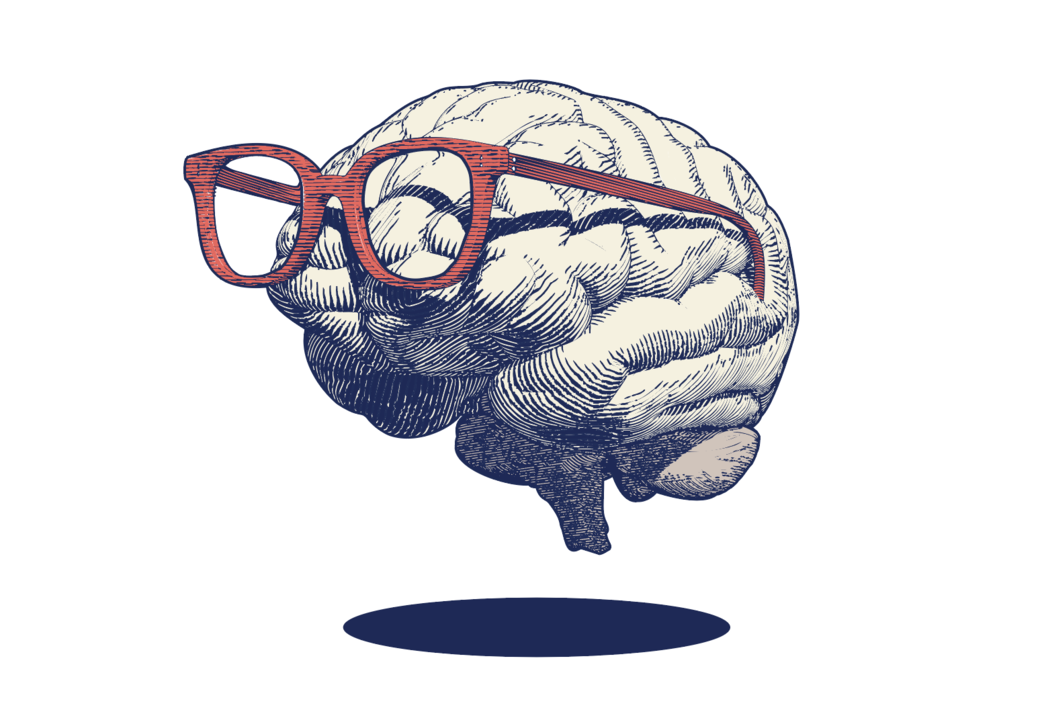How Your Logo Influences Business Perception
 Your logo is not just a simple graphic; it plays a crucial role in how people see your business. It’s often the first thing potential customers notice, and it can make a lasting impression. A well-designed logo can convey the values and personality of your brand, helping to build trust and recognition in a crowded market.
Your logo is not just a simple graphic; it plays a crucial role in how people see your business. It’s often the first thing potential customers notice, and it can make a lasting impression. A well-designed logo can convey the values and personality of your brand, helping to build trust and recognition in a crowded market.
A modern, sleek logo might suggest innovation and professionalism, while a quirky, colorful design might indicate creativity and fun. Understanding the impact of your logo can help you create a strong visual identity that resonates with your audience and sets you apart from competitors.
When people find your logo appealing, they are more likely to engage with your brand and remember it in the future.
1. The Psychology of Logo Design
How a logo is designed can deeply affect how people feel about a business. Different colors can evoke different emotions; for example, blue often represents trust and security, while red can create a sense of excitement and energy.
Similarly, the shapes used in logos also influence feelings. Rounded shapes tend to convey friendliness and approachability, while sharp angles may suggest strength and professionalism.
Typography, or the style of the text in a logo, is equally important. A bold, sans-serif font might feel modern and confident, while a decorative font could give off a sense of elegance or creativity.
2. Elements of a Successful Logo
A successful logo has several vital components that make it memorable and effective. One of the most important factors is simplicity. A simple design is easy to recognize and remember. Think about well-known logos like Apple or Nike; their clean and straightforward designs stick in people’s minds. Simplicity can also make a logo more versatile, meaning it looks good in various formats — whether it’s on a business card, a website, or a billboard.
Versatility is another crucial element. An effective logo should work well in different sizes and colors. For instance, it should be easily recognizable in black and white, as well as in full color. This flexibility ensures that your logo represents your brand consistently across different platforms and materials.
Lastly, relevance plays a significant role. A logo should connect with your brand's purpose and audience. For example, a logo for a children's toy company might use bright colors and fun shapes to appeal to kids. At the same time, a law firm might choose bold colors and traditional fonts to convey professionalism.
3. Tips for Designing Your Logo
Creating a logo that truly represents your brand can be an exciting journey.
- Start by brainstorming ideas that reflect the essence of your business. Consider what you want your logo to communicate about your company’s values and mission. Engage your team or stakeholders in this process; diverse perspectives can inspire fresh ideas.
- Once you have some concepts, sketch out designs or create simple mood boards to visualize your thoughts. This step helps you see what works and what doesn’t. Make sure you include elements that resonate with your target audience. For example, vibrant colors and playful shapes might be the way to go if you're aiming for a youthful market.
- Next, narrow down your designs and refine them. Choose fonts and colors that enhance your message. It's important to remember that your logo needs to be versatile. It should look good on everything, from business cards to websites.
- For the final execution, consider working with a professional company like https://shieldcoart.com/. Their team of experts will take the time to understand your specific requirements and help you design a logo that fits perfectly with your identity. Working with professionals ensures that your logo not only stands out but also embodies everything your brand represents.
- Aug 09, 2024
